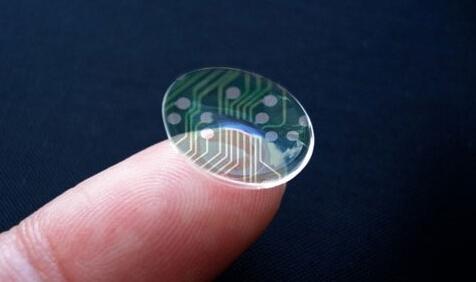Researchers from Pohang University of Science and Technology (POSTECH) published a new study on Nature Reviews Materials with their development of 'Smart Light-emitting diode (LED) Contact Lens,' which enables diagnosis of diabetes and treatment of diabetic retinopathy.
Professor Sei Kwang Hahn and his research team including his PhD student, Geon-Hui Lee, invented a smart photonic contact lens and a wearable medical device which can diagnose diabetes and treat diabetic retinopathy in collaboration with the research group led by Zhenan Bao from Department of Chemical Engineering at Stanford University and David Myung from Stanford Medicine Ophthalmology.

The research team successfully developed a smart contact lens with integrated Micro LED and photodetector which can measure glucose concentration in the conjunctival blood vessels by analyzing the NIR light.
They put their new smart LED contact lenses on rabbit eyes with diabetic retinopathy disease and irradiated light repeatedly for a month. The results confirmed that there was significant reduction of angiogenesis (production of new blood vessels) in retina and verified clinical feasibility of the smart LED contact lens for the diabetic retinopathy therapy.
The team claimed that the device will not only let diabetic patients monitor their blood-sugar level in real-time but also enable medical treatment for retinopathy which is caused by diabetic complications.
Clinical tests are planned to be conducted in the first half of 2020 with the researchers aiming to commercialize these smart contact lenses and smart wearable medical devices in collaboration with Stanford Medicine.
Ulsan National Institute of Science and Technology (UNIST) from South Korea has also released similar research in 2018 while Google has once announced to development smart contact lenses in 2014 without further progresses.





 CN
TW
EN
CN
TW
EN






